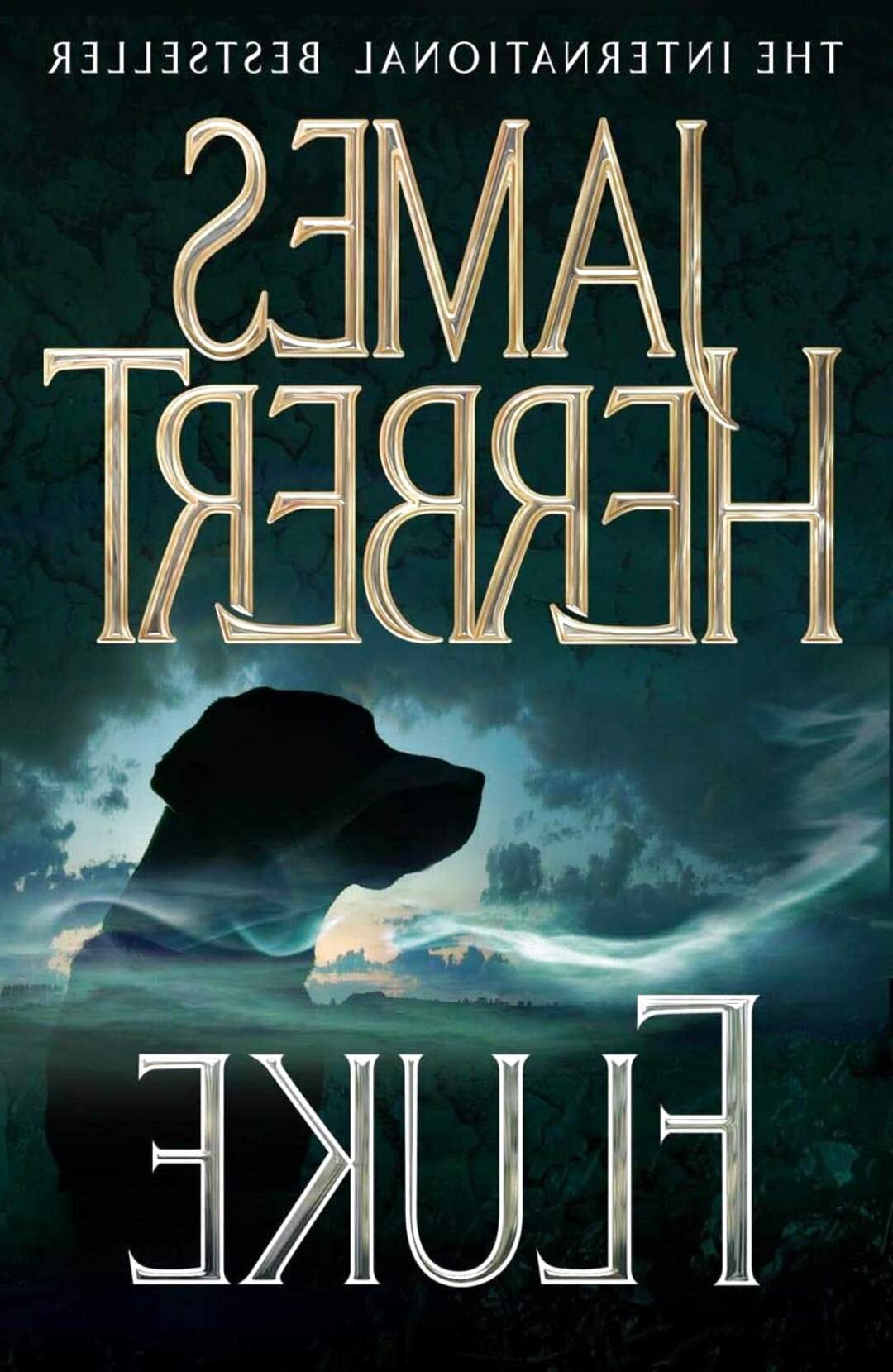
As well as the expected, essential opinions of everyone from Fox Talbot to Sontag, there are such out-of-the-way but closely relevant pieces as a reminiscence by Nadar which suggests that Balzac preempted Benjamin’s idea about photographs robbing an object of its aura a stunningly dull critique written by one Cuthbert Bode in 1855 which shows that photography has always generated, as well as a special enthusiasm, a special intensity of patronizing scorn and a brilliantly turned Hiawatha-meter poem by that fervent shutterbug Lewis Carroll. Also asking for a home on the same shelf is the recently published Photography in Print, edited by Vicki Goldberg and including many of the best shorter writings about photography from its first days to now. Whatever the truth of that, here is a small but seductively argued book which the grateful reader can place on the short shelf of truly useful commentaries on photography, along with Walter Benjamin’s Das Kunstwerk im Zeitalter seiner technischen Reproduzierbarkeit, Susan Sontag’s On Photography, John Szarkowski’s promotional essays, and the critical articles of Janet Malcolm. By the end of his life he seemed very keen to reestablish the personal, the playful, and even the quirky at the center of his intellectual effort, perhaps because he had seen, among some of those who took his earlier work as an example, how easily method can become madness.

Barthes was the inspiration of many a giftless tract by his disciples but he himself was debarred by genuine critical talent from finding any lasting value in mechanized schemes. Appearing in the author’s native language just before his death, Roland Barthes’s Camera Lucida, now published posthumously in English, will make the reader sorrier than ever that this effervescent critic is no longer among the living.

But occasionally a book makes sense of the uproar. Most of the theoretical works purporting to find some sort of pattern in the cataract of pictures only increase the likelihood that we will lose our grip. The flow of photographic images from the past suggests that what we are already experiencing as a deepening flood in the present will seem, in the near future, like a terminal inundation.


 0 kommentar(er)
0 kommentar(er)
